Crowdsourcing: 6 examples of public participation in urban management
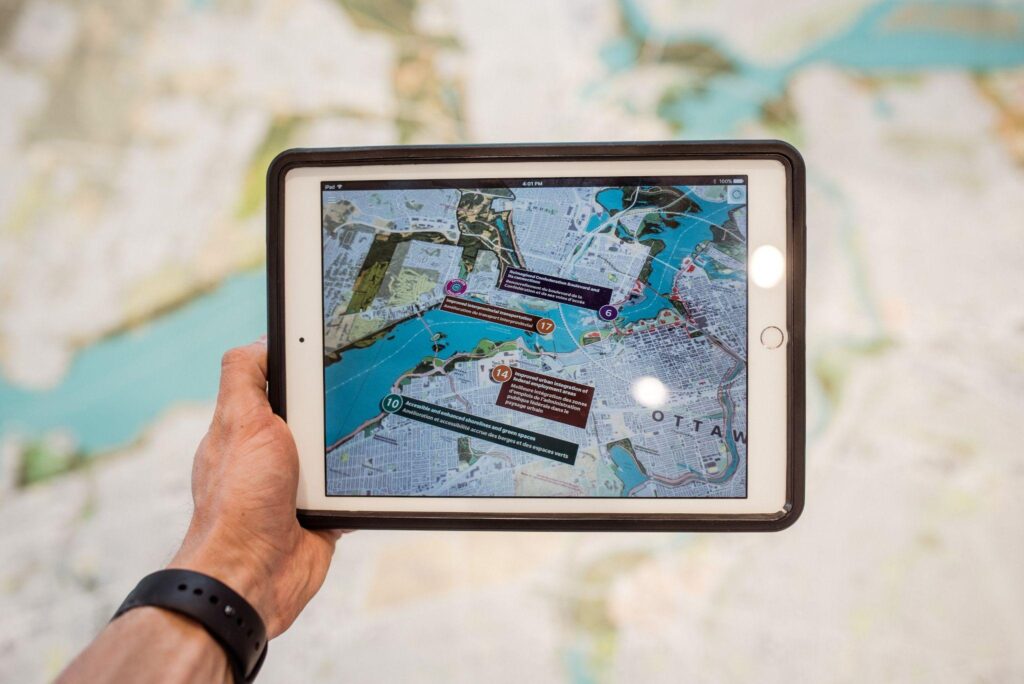
How to increase citizen engagement to improve the management and planning of our cities. Case studies and solutions for a complex concept.
Lotte World Tower, tradition and modernity standing 555-meters tall
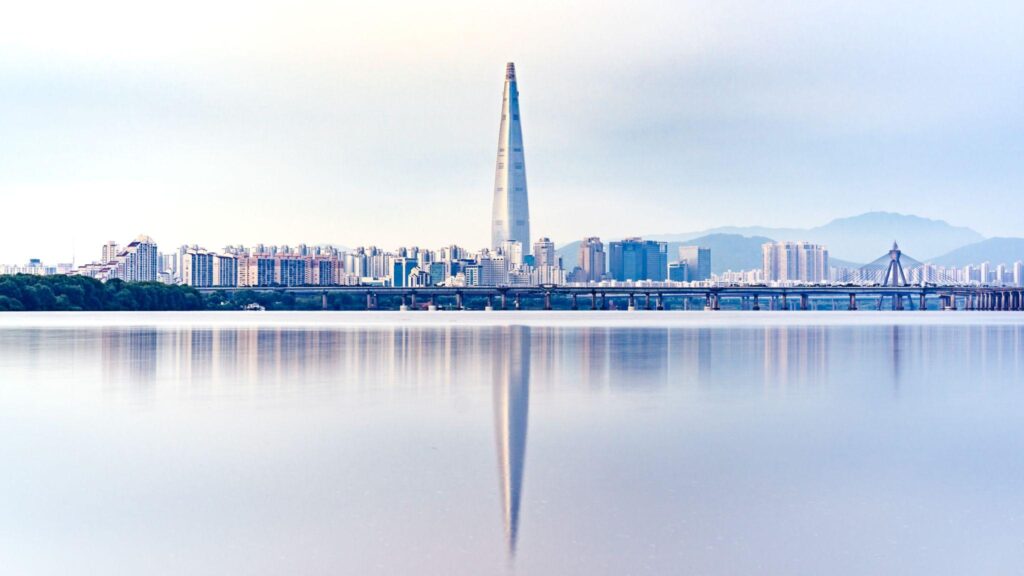
The Lotte World Tower rises 555 meters to tower over Seoul. The South Korean tower forms part of a select club of the 5 tallest buildings in the world and it is the tallest in Asia. In this article, we tell you everything about this building inspired by Korea’s traditional culture.
Malaysia’s Forest City, a private smart city megaproject struggling to come together
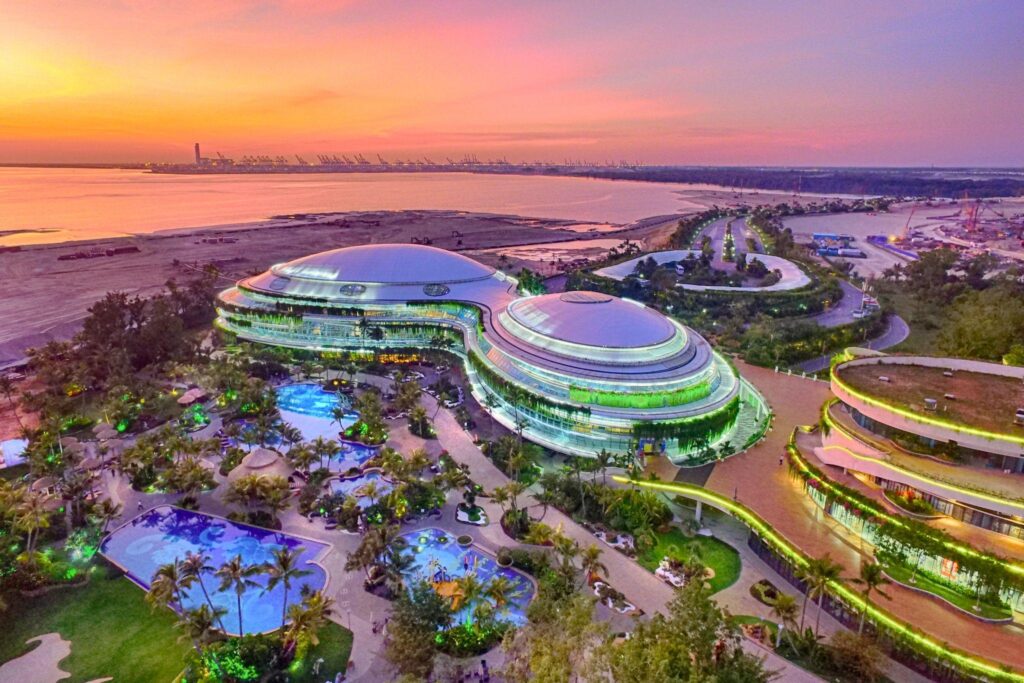
Forest City, Malaysia’s luxury $100 billion city promised to be a “living paradise”. However, six years after the construction work began, it is a ghost city full of empty skyscrapers and deserted roads.
Francesca Cesa, Boeri Architetti | Green Obsession
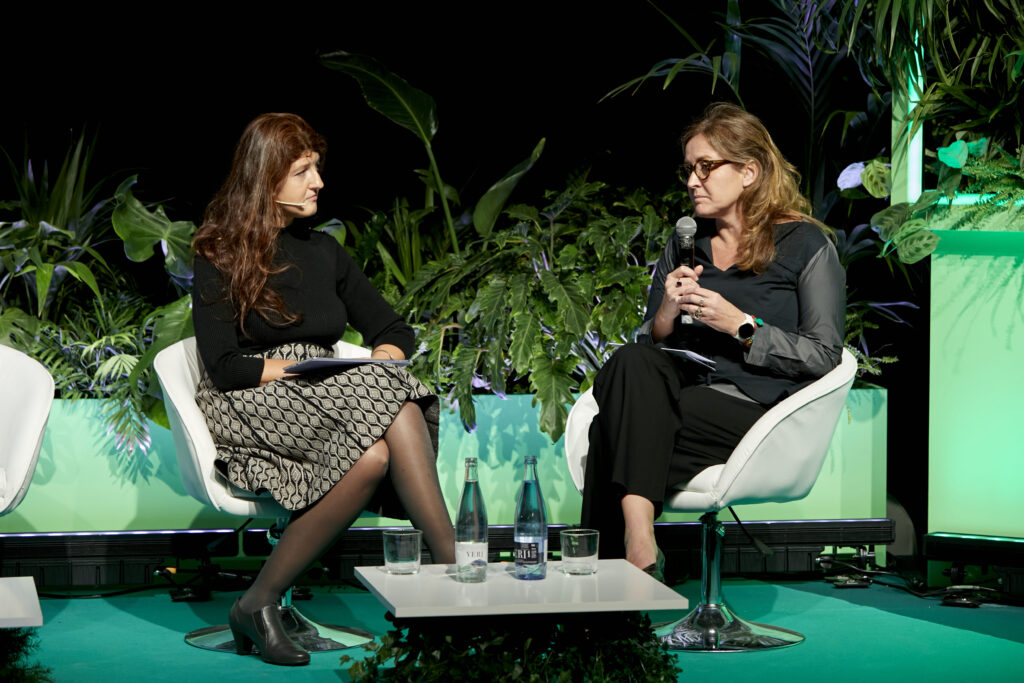
Green Obsession proposes an alternative path to take, a paradigm shift to counter the environmental crisis from the perspective of ecological transition Green Obsession reveals the processes and complexity involved in the search for a new type of urbanism and proposes an alternative path to take, a paradigm shift to counter the environmental crisis from the perspective of ecological transition.
Vitaliy Klitschko | Building a Future-Ready Kyiv
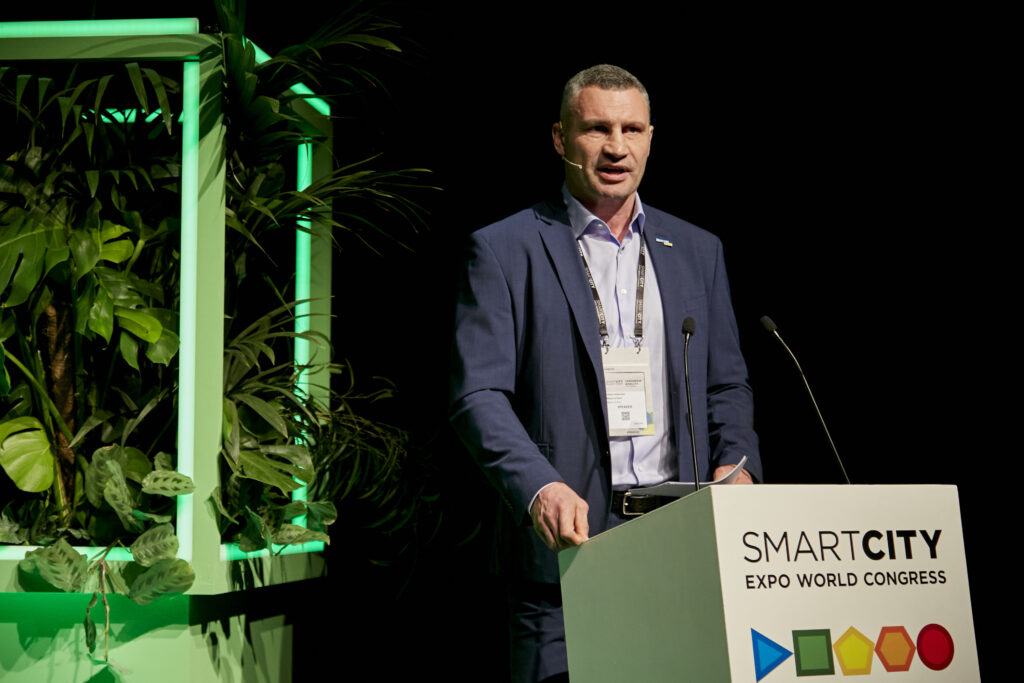
The main problem of the decade issues how cities will cope with fast-changing factors. It should be created in a liveable, inclusive, and competitive frame that adapts to any unexpected future challenges. In the case of Kyiv, just recovering from the pandemic, the city is facing an even larger crisis: a fight for survival. In this session, we will discover Kyiv’s experience and outline how future-ready digital technologies can help cities stay resilient even in front of the toughest challenges, during a war.
Towards Greener Tourism and Smarter Destinations
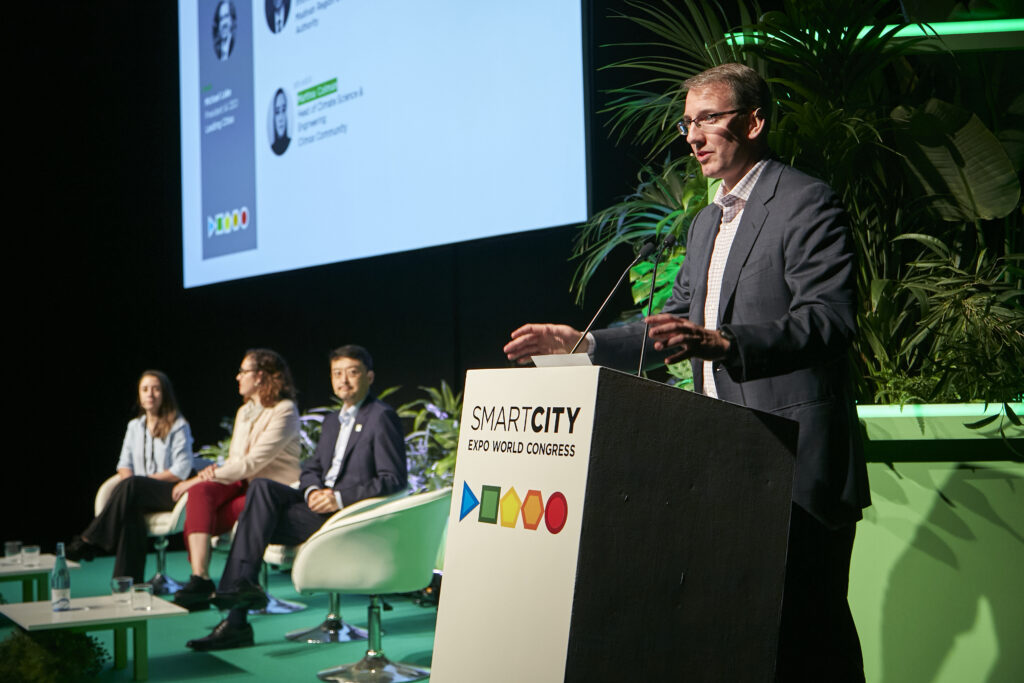
Mass tourism can affect cities, their residents, and neighbourhoods negatively. After some challenging years for the most popular destinations, the lesson is learnt, and smarter and more sustainable tourism is becoming a new model to balance the full experience for visitors and the care of host communities. But sometimes, this could be a long way as infrastructures and the own system cannot follow the lead. How are cities working on their path towards a smarter destination?Join the discussion between Paradox Engineering and the Mayor of Las Condes (Chile) to learn how the Internet of Things enabled the smart journey of this municipality.
Lessons from Costa Rica’s Age-Friendly Cities
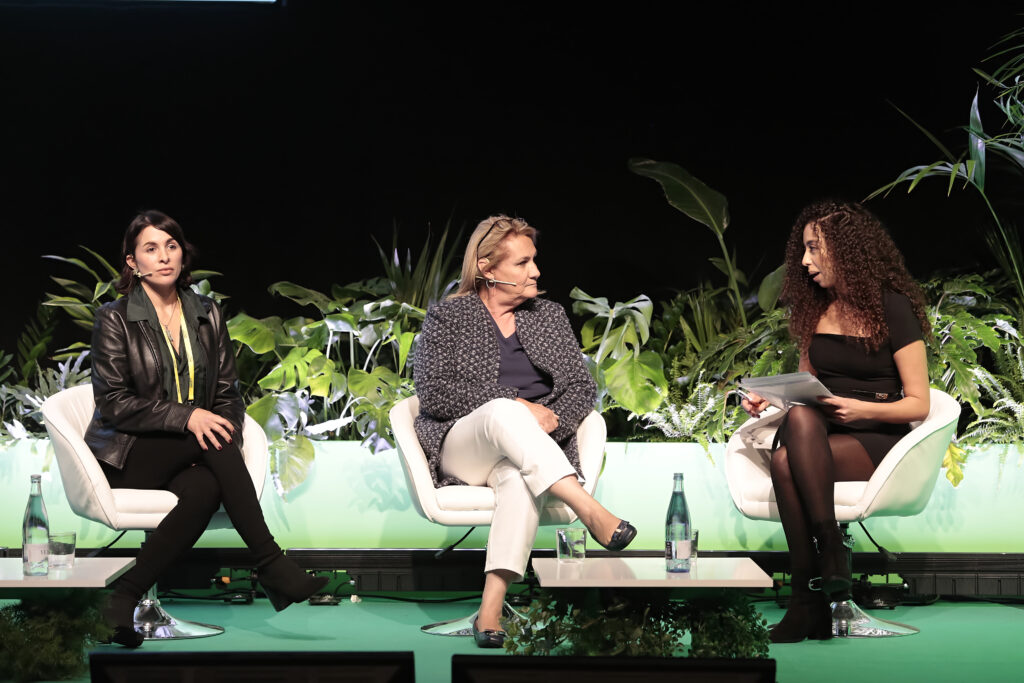
According to the World Health Organization, it is expected that, by 2050, people in the world over 60 years will represent 22% of the global population. Costa Rica is aging faster, and they have created an Age-Friendly Cities network to become more inclusive and friendly cities for the elderly. As cities see how their community is increasingly living longer, how can they work to ensure the quality of life for the young and senior population?
Metaverse: Hype, Hope, or Hell for the future?
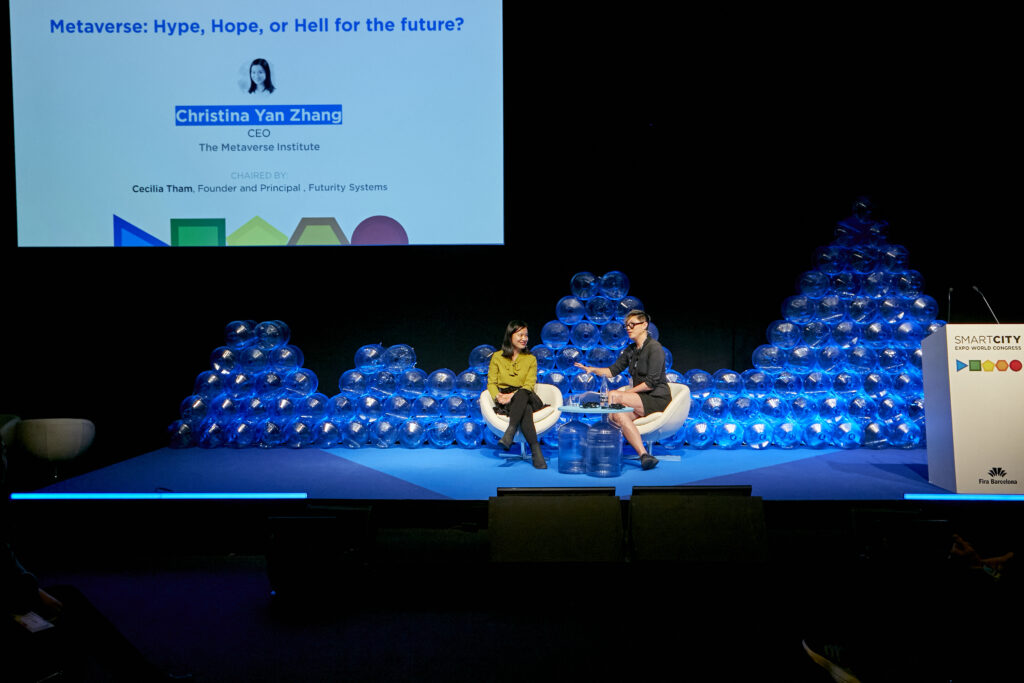
The Metaverse is in its infancy, but it is developing at lightning speed. Some people have yet to hear of the word, and others are already putting million-dollar flags on Metaverse soil, claiming ownership of digital real estate that exists nowhere but online.
What exactly is the Metaverse? Is it all hype or is there actually some truth in its potential? How do Smart cities and the Metaverse go hand in hand to allow people to be better immersed in their cities?
Jaime Durbán, Milestone Systems | The Lifeblood of a 2.0 Smart City
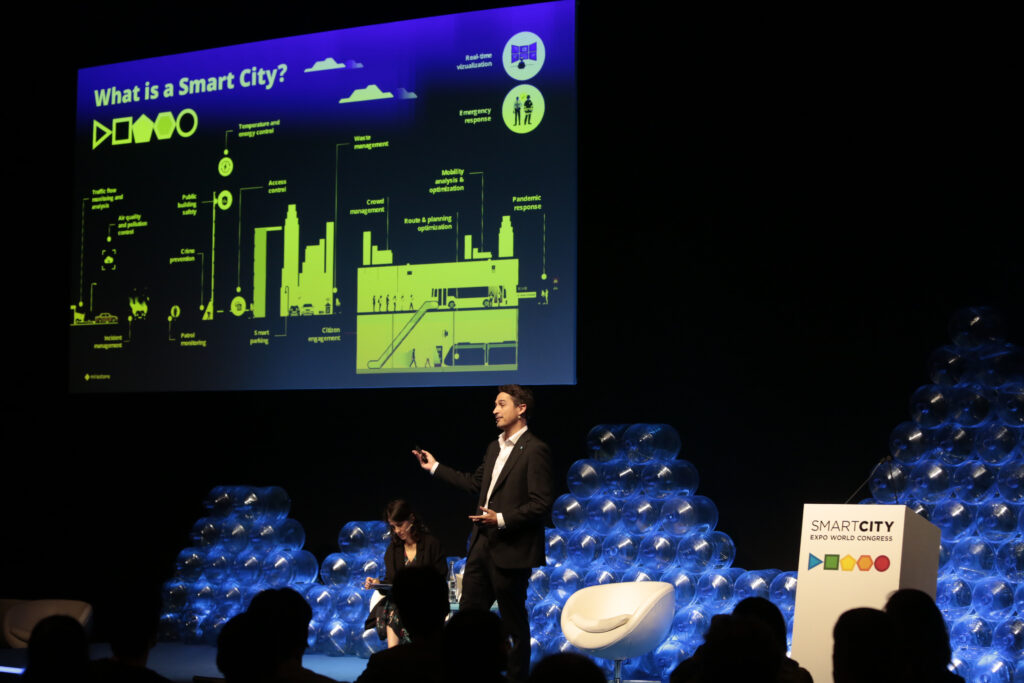
Advance public services, stronger community engagement, use of resources with minimal waste. The growing availability of data increases the benefits of becoming a smarter city tenfold. Yet, many cities are unaware of the pitfalls associated with data usage. In this session together with Milestone, we will review the different layers of data and talk about data sharing and open platforms as enablers for 2.0 Smart City initiatives to become successful.
Jung Hoon Lee, Seoul | Urban Digital Transformation through Smart City: Hype or Reality?
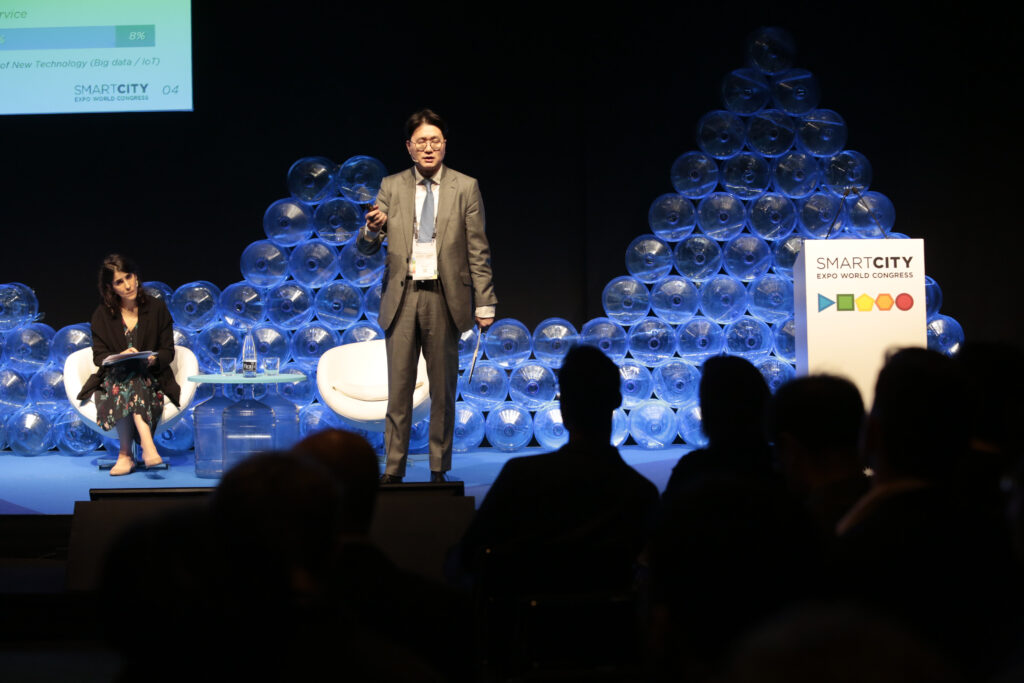
The outbreak of COVID-19 in 2020 has affected daily life around the world, especially in urban spaces where many people live together. The development of various innovative technologies of the 4th Industrial Revolution such as Artificial Intelligence has accelerated, and this change is improving the quality of life while leading the digital transformation of these urban spaces. This presentation will examine how cities are digitally transformed focused on ‘Urban Intelligence’ suggesting challenges and the future direction of smart city developments.